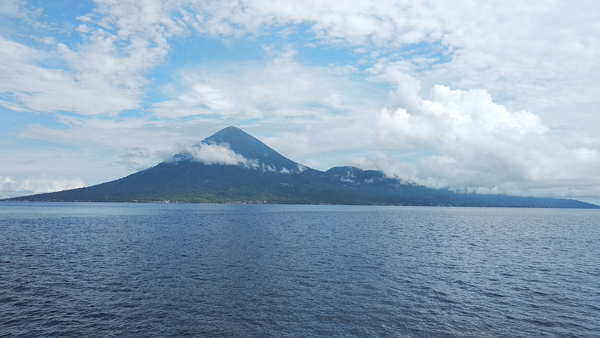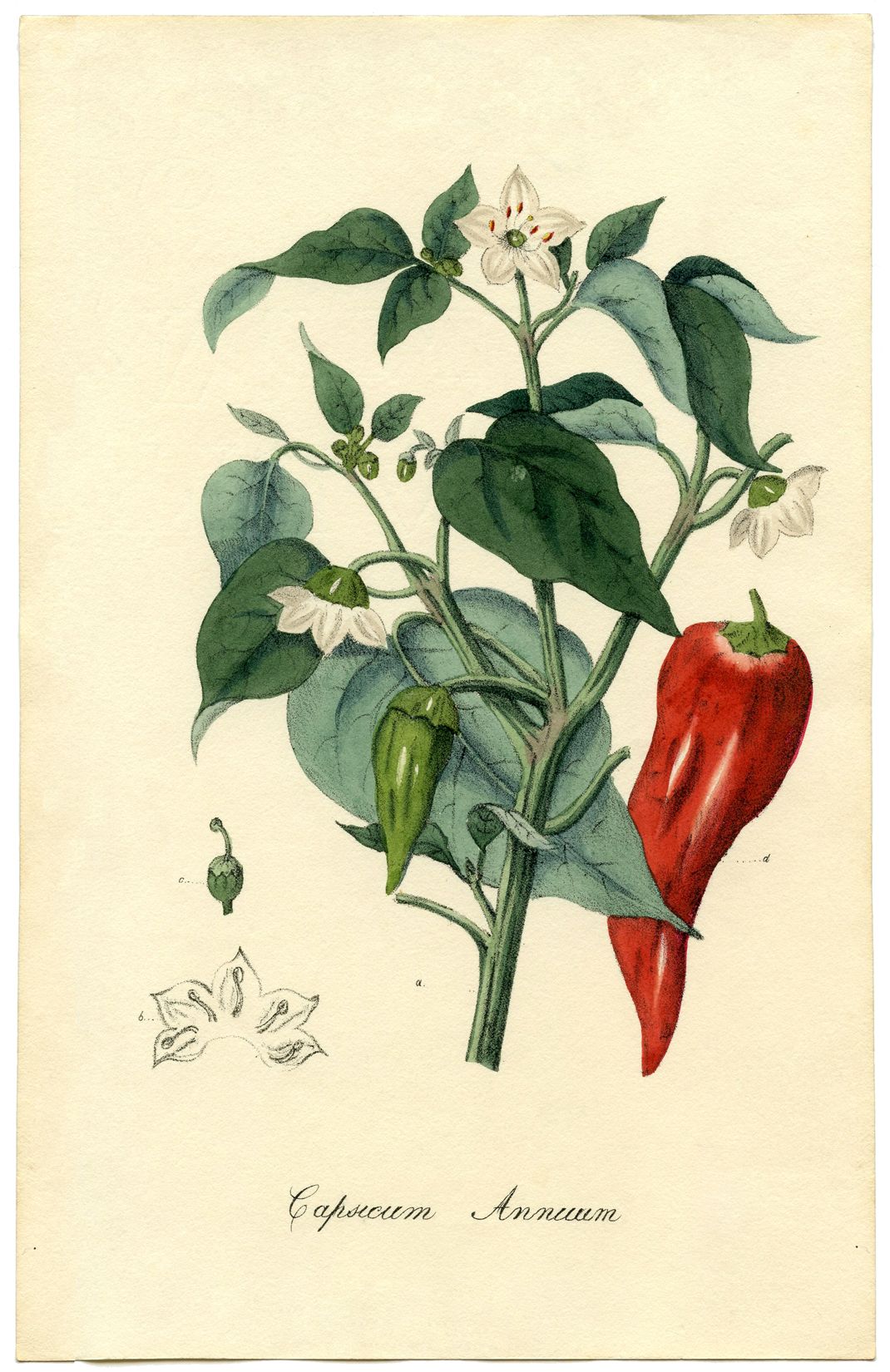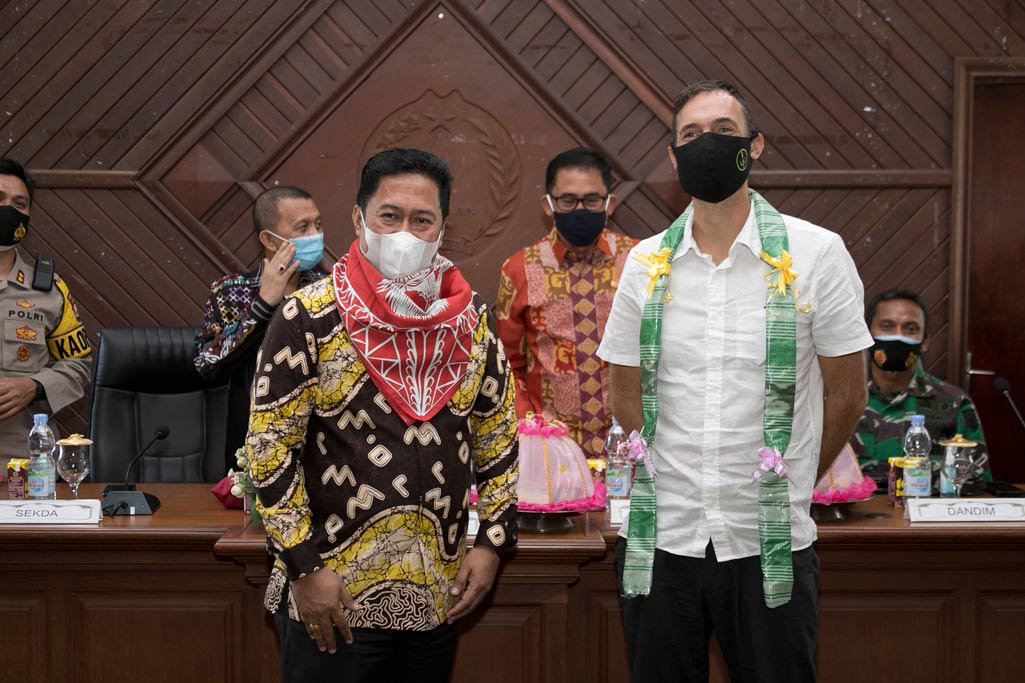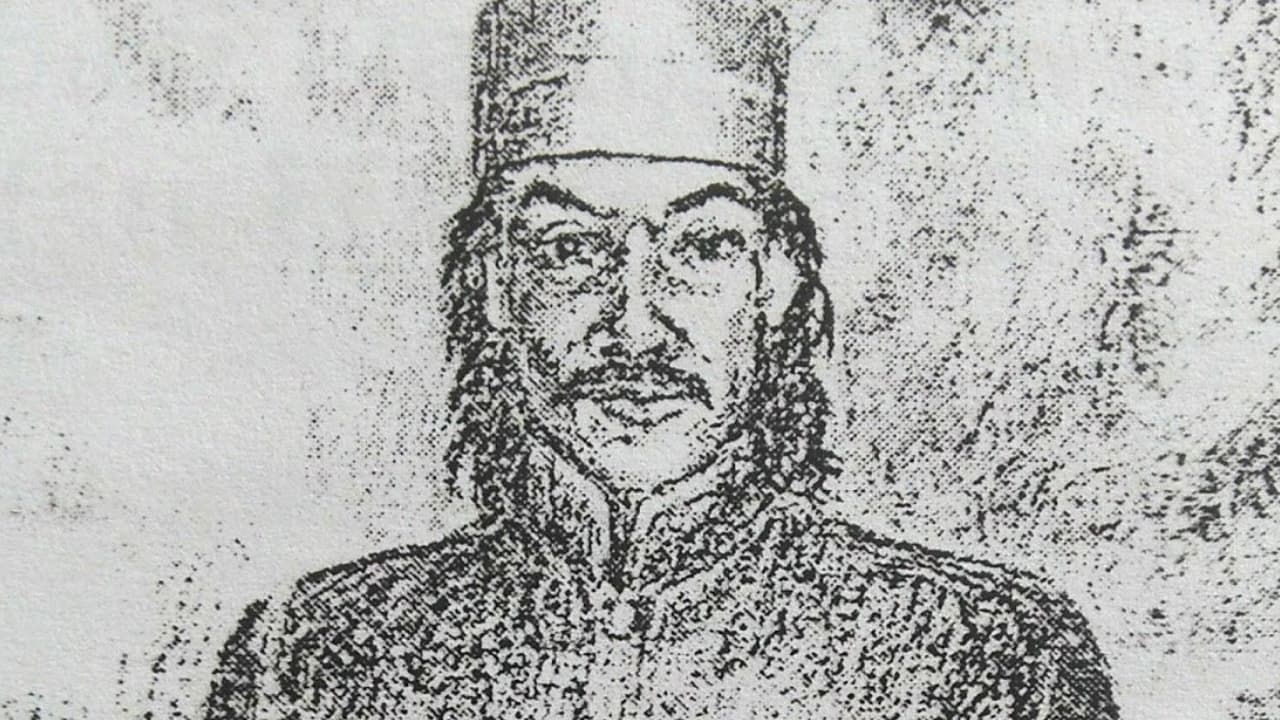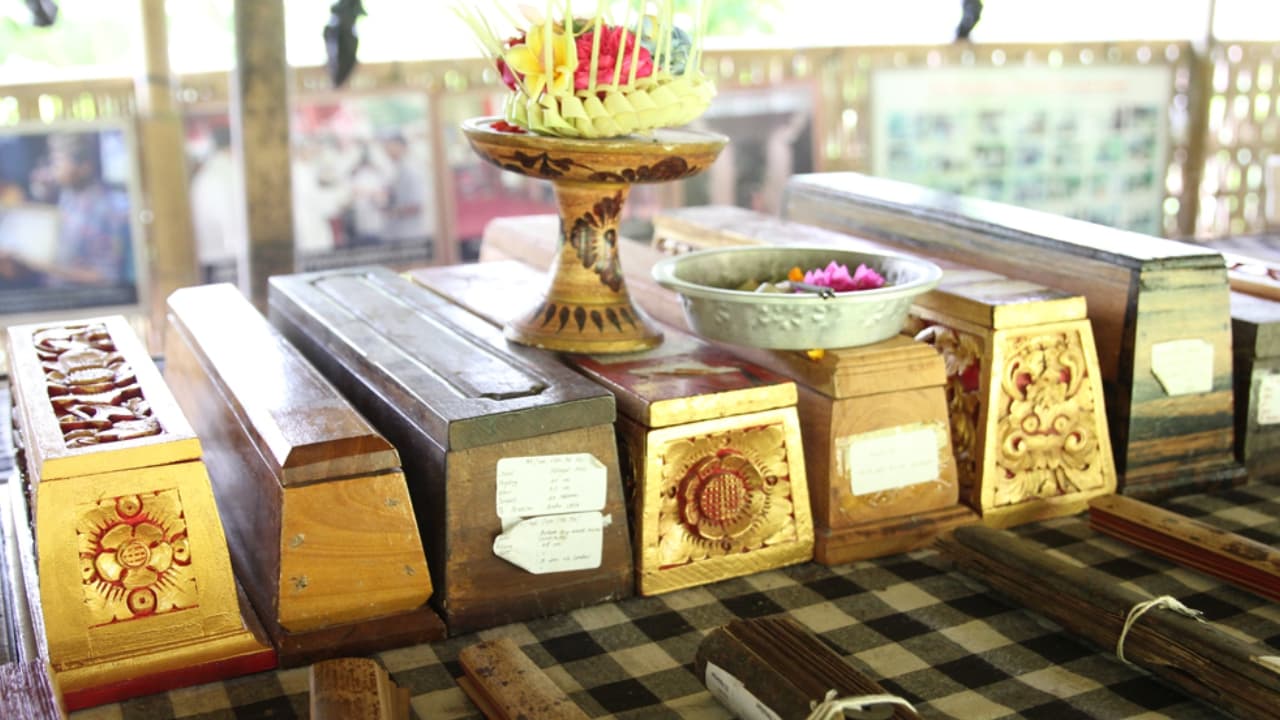
For the Balinese, lontar is more than a tradition and a cultural product. It also becomes historical proof of the Bali civilization amid the rapid development and the world’s civilization. Therefore, it is out of the question that lontar plays a crucial role, and thus the Balinese continue to preserve, specifically in Desa Adat Dukuh Penaban, Karangasem, Bali.
The community in the village believes that lontar holds an essential meaning for life. One is to capture and become a mirror of life about the appropriate and inappropriate things to do. People used lontar to communicate—sending letters to relatives or even as a diary. However, writing on a lontar is not easy, mainly because the letters used are not Latin alphabets; instead, it uses Balinese script, and it also requires the use of pangrupuk or a tool to write lontar.
To write on lontar, people need thoroughness and patience. Further, people believe that a happy heart becomes a condition to write. Or else they will never finish the content because of the mistakes they will continue to make.
The Making Process of Lontar, The Balinese Palm-leaf Manuscript
Lontar comes from ental or lontar palm trees [Borassus flabellifer] that have been selected in suitable size. Prior to processing, the lontar craftsmen cut the palm leaves according to the lontar size (commonly, it starts from 20cm to 60cm), and the thin sticks on the sides of the leaves are then cleaned and dried in the sun. The next step is to soak the leaves in the flowing river while pressing them to the stone or soak them in a large tub for about three weeks. They do it to remove the chlorophyll from the leaves.
They repeat the process several times so that the leaves will be clean and free from any dirt left on the surface of the leaves. After that, the leaves are lifted and dried. Next, they boil the leaves with spices for a minimum of eight hours, and then the leaves are lifted and dried again.
After the leaves dry, the lontar craftsmen put them into nyepit or mlagbag (paperclip) to straighten the leaves. The process takes months to years while waiting for the next procedure. Using pyrite, the sides of the leaves are perforated, smoothed out by shredding the edge and coloring the sides. Next, they make lines on the leaves using thread that get its colors from natural ink dye, coming from the remains of soot oil, forest eggplant (tuun kokak), and dlundung leaves that have been mashed and the water is taken.
In one sheet of lontar leaf, there are four parallel lines. The lontar craftsmen do the process one by one on top of the lontar leaves. Once the process is perfectly done, the lontar leaves are ready to receive the script.
Soaking in Spices
When boiling the lontar leaves for eight hours, the spices used are varied, including gambier, candlenut, clove, jebug garum, mesui, pepper, nutmeg, and acidic woods, such as coconut bark and pule wood. The spices function as natural preservatives on the lontar leaves to make them last, not easy to rot, and eaten by termites.
How to Write on Lontar, The Balinese Palm-leaf Manuscript
Writing on lontar leaves cannot be done carelessly. Several techniques are applied, such as writing with a special knife called pengrupak, and then rubbed with candlenut that is burnt from right to left, pressed a little with fingers, and then cleaned with cloth or tissue. So is the hand position; it cannot be tilted, being on top of a small bearing.
As for writing material, the palm leaf manuscript consists of various aspects of human life, such as holy script, medical material, astronomy, epic poetry, and images for puppet stories. Until today, lontar leaves are still used as stationary in Bali. In addition, people still conduct various lontar workshops as a sustainable means to take care of, introduce, and spread the knowledge and heritage from the past.
________
Sources:
Ni Kadek Candra Dewi, a staff and tour guide of Pustaka Lontar Museum of Desa Adat
Ida I Dewa Gde Catra, a lontar manuscript writer and curator in the Pustaka Lontar Museum of Desa Adat, Dukuh Penaban, Karangasem Bali
________
Text: Sista S.
Editor: Tiya S.
Translator: Dhiani P.



